Creating a Patient Safety Culture Questionnaire Report - Module 5
VerifiedAdded on 2022/10/04
|5
|1025
|231
Homework Assignment
AI Summary
This assignment focuses on creating and analyzing a patient safety culture questionnaire for Saudi Arabian hospitals. The student designed a one-page questionnaire using a Likert scale to survey co-workers about the organization's patient safety culture. The questionnaire includes questions related to various aspects of patient safety, such as staff comfort in raising concerns, training provided, and overall satisfaction with the working environment. The assignment also requires a two-page report that explains the items chosen for the questionnaire and supports these choices with scholarly citations. The report discusses the importance of patient safety culture, its benefits in creating staff awareness, assessing healthcare status, identifying strengths and weaknesses, introducing initiatives, and examining healthcare trends. The student provides a detailed analysis of the questionnaire and its relevance to improving patient safety within a healthcare setting. This assignment demonstrates an understanding of the importance of patient safety culture in healthcare and the tools needed to assess and improve it, referencing scholarly articles and course readings to support the findings.
1 out of 5
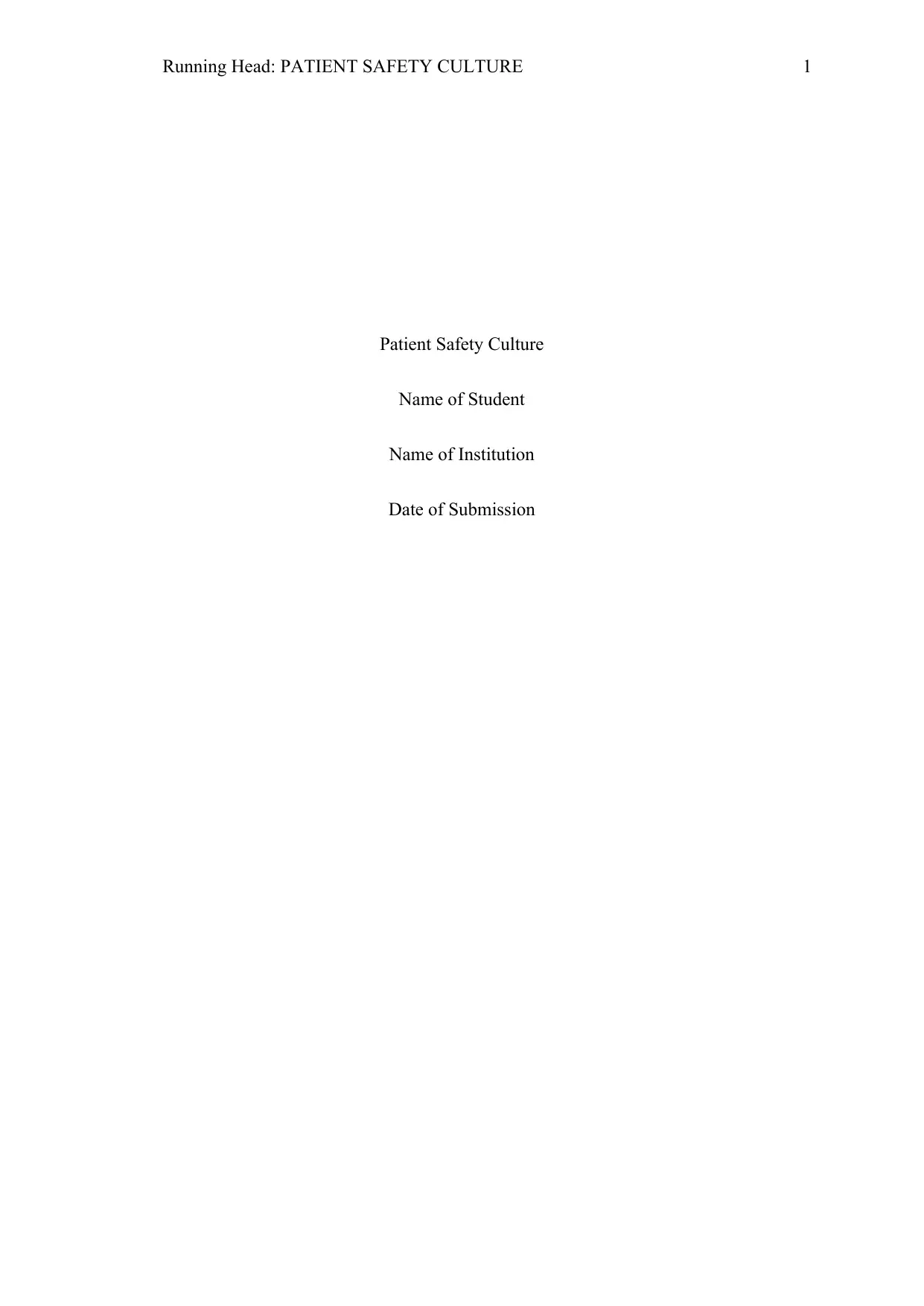
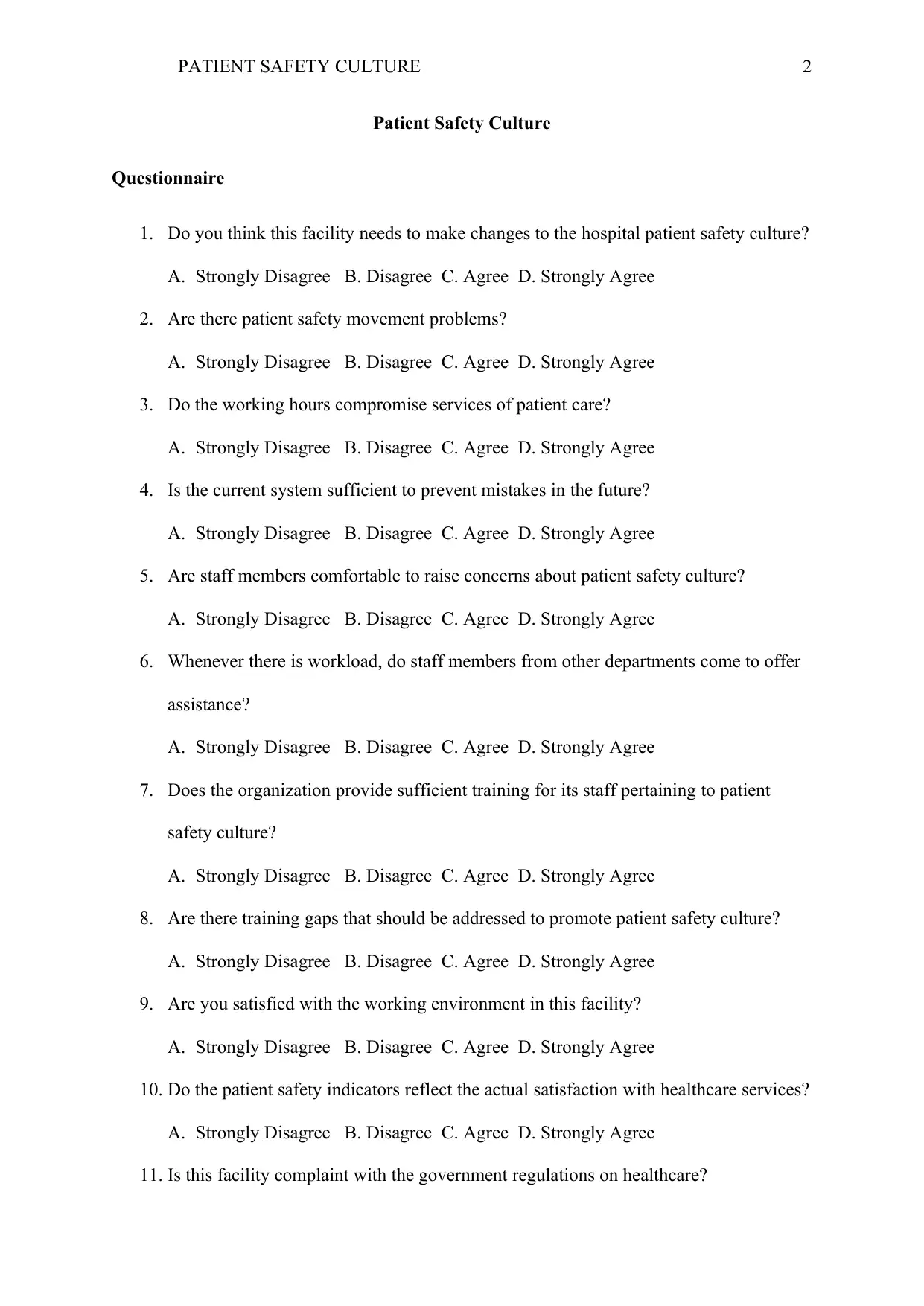
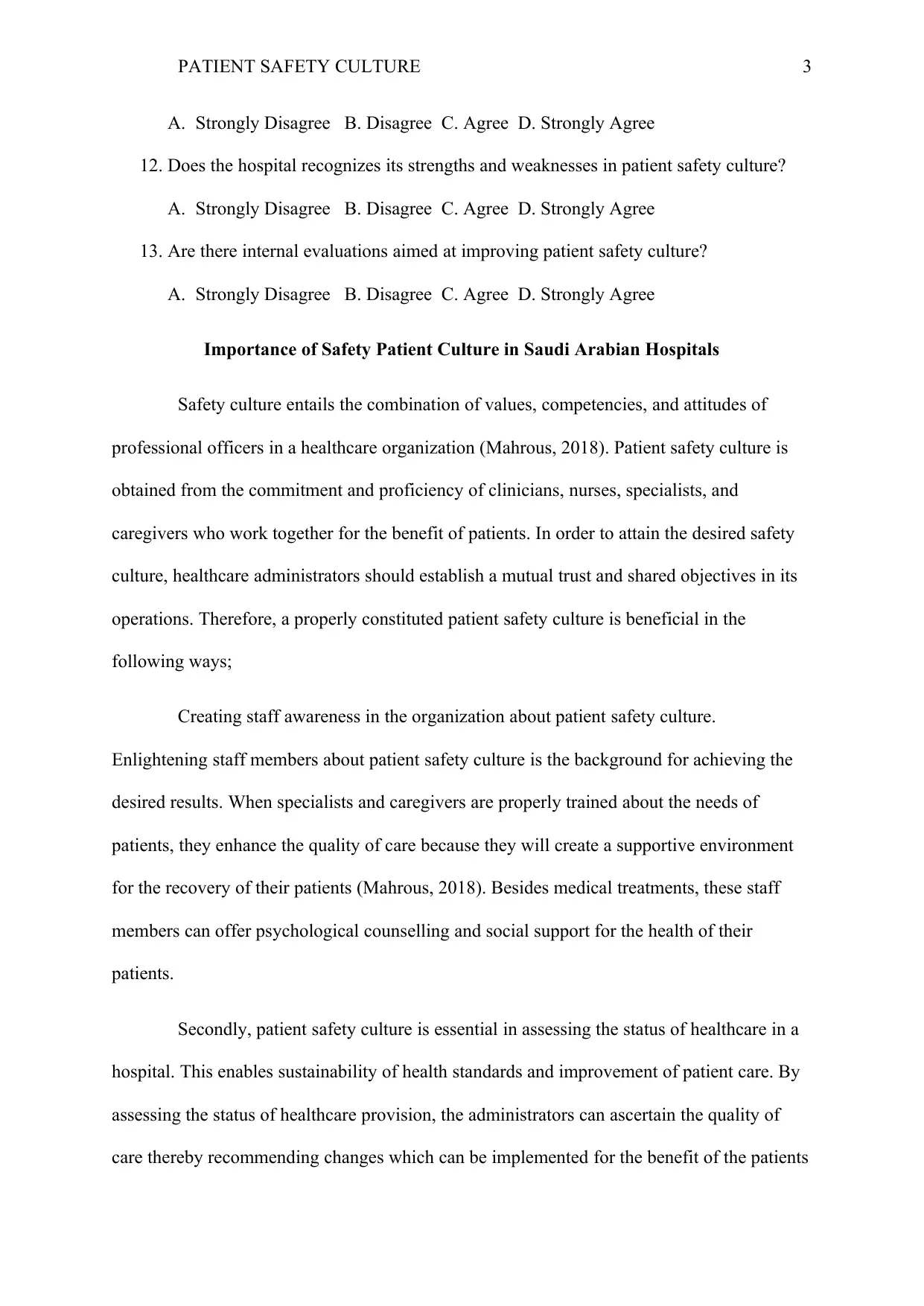

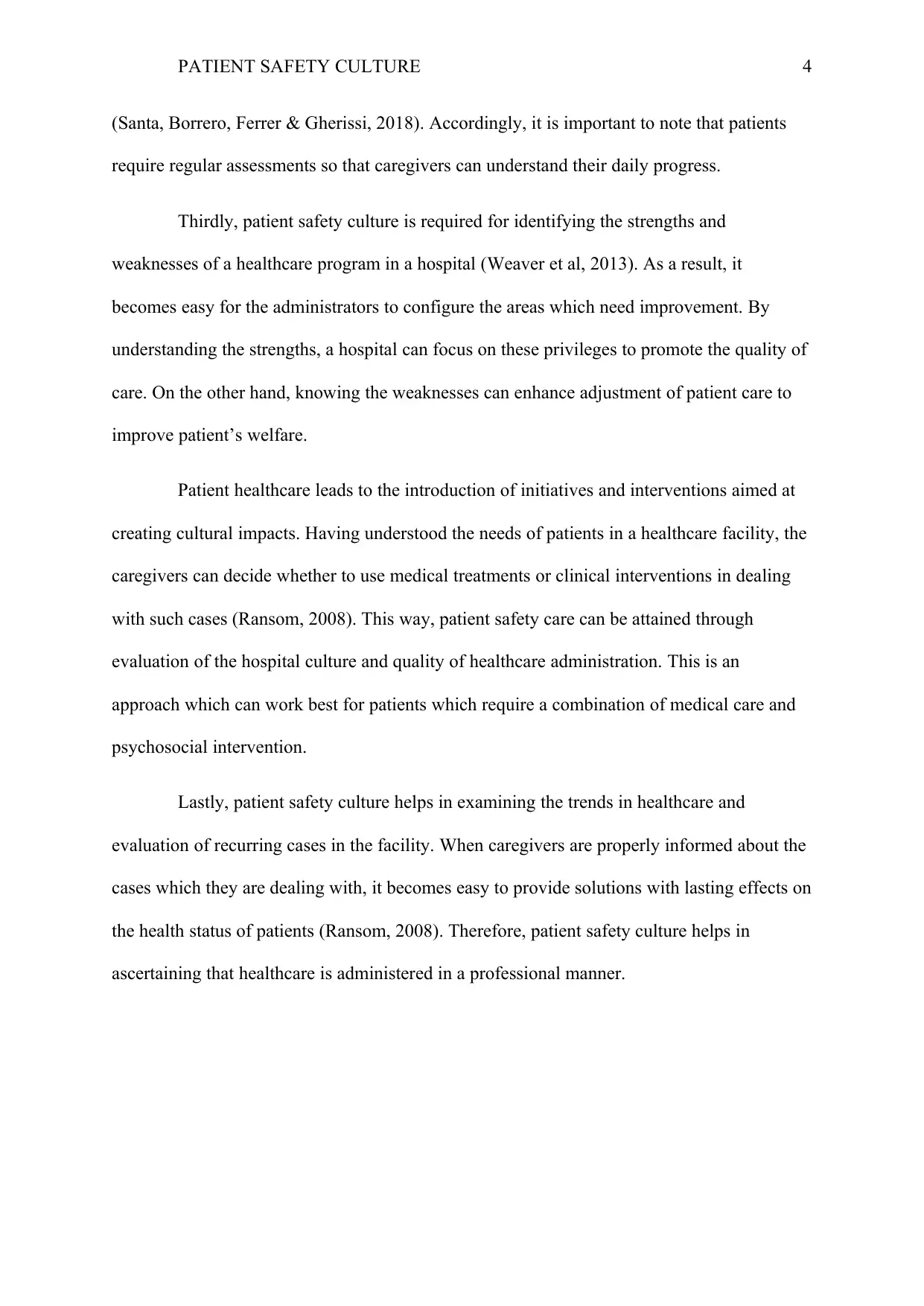
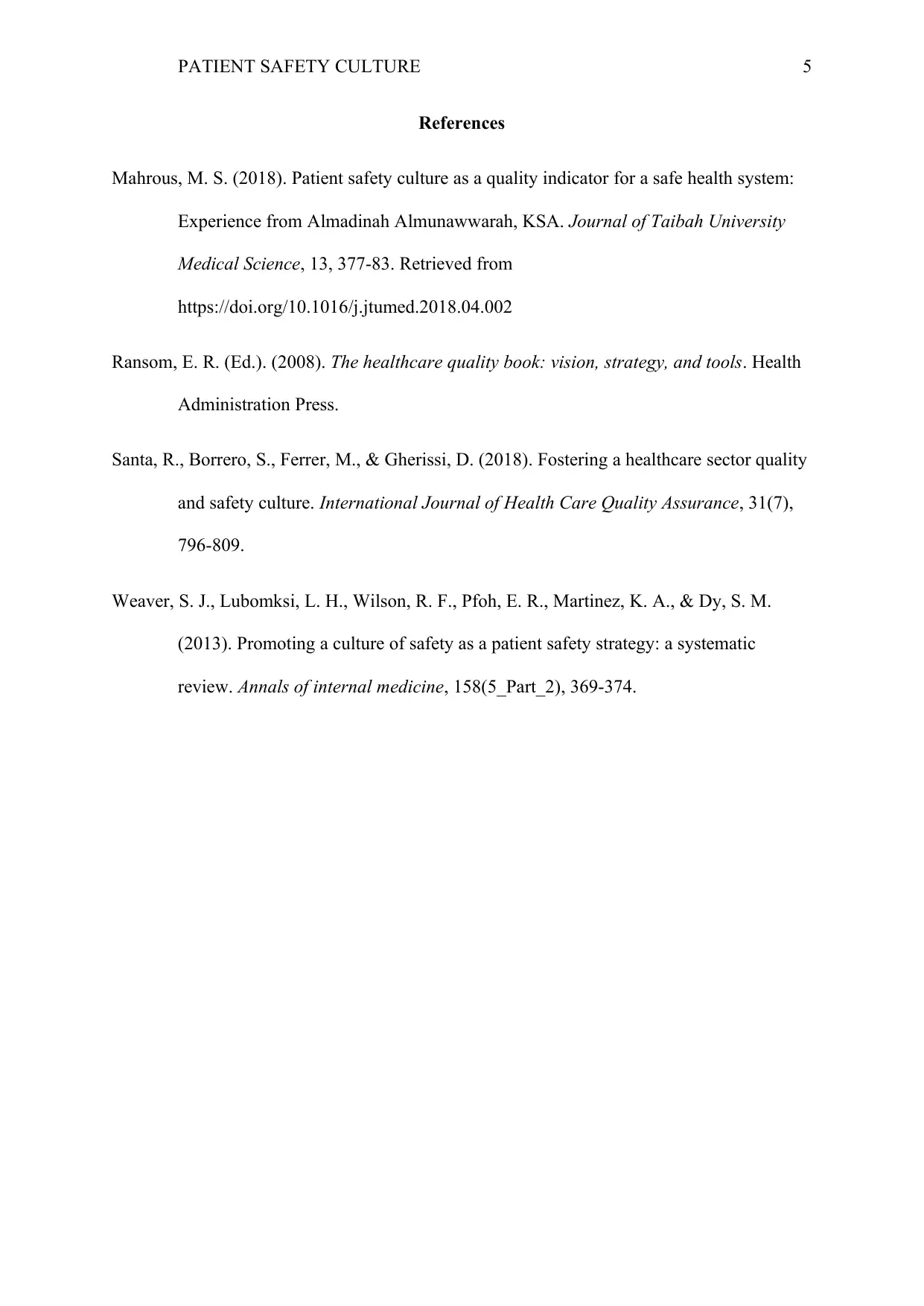






![[object Object]](/_next/static/media/star-bottom.7253800d.svg)